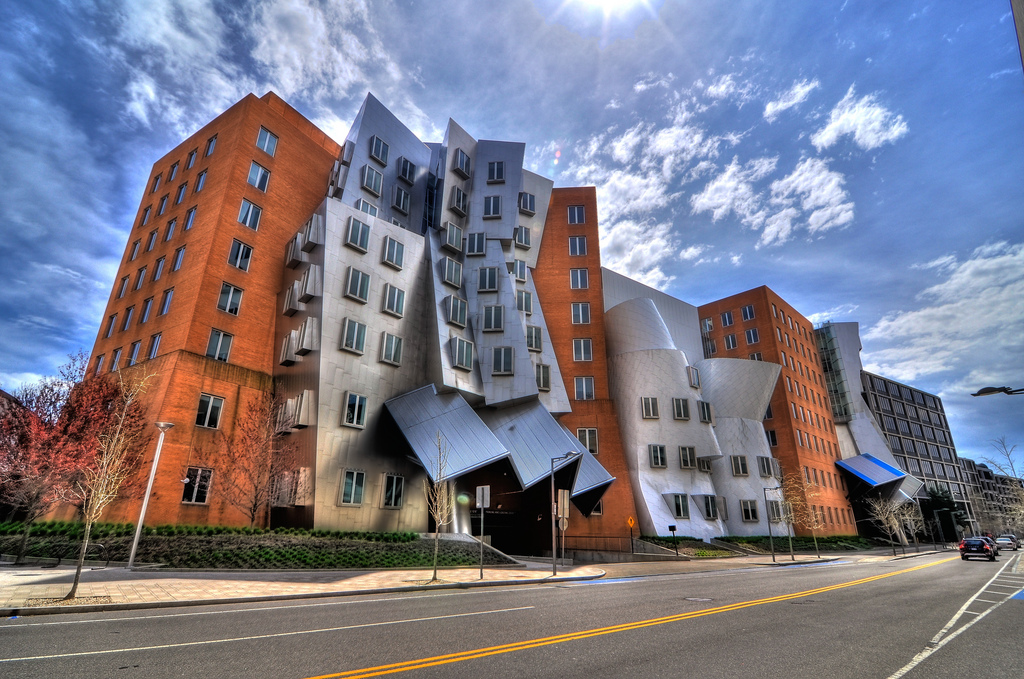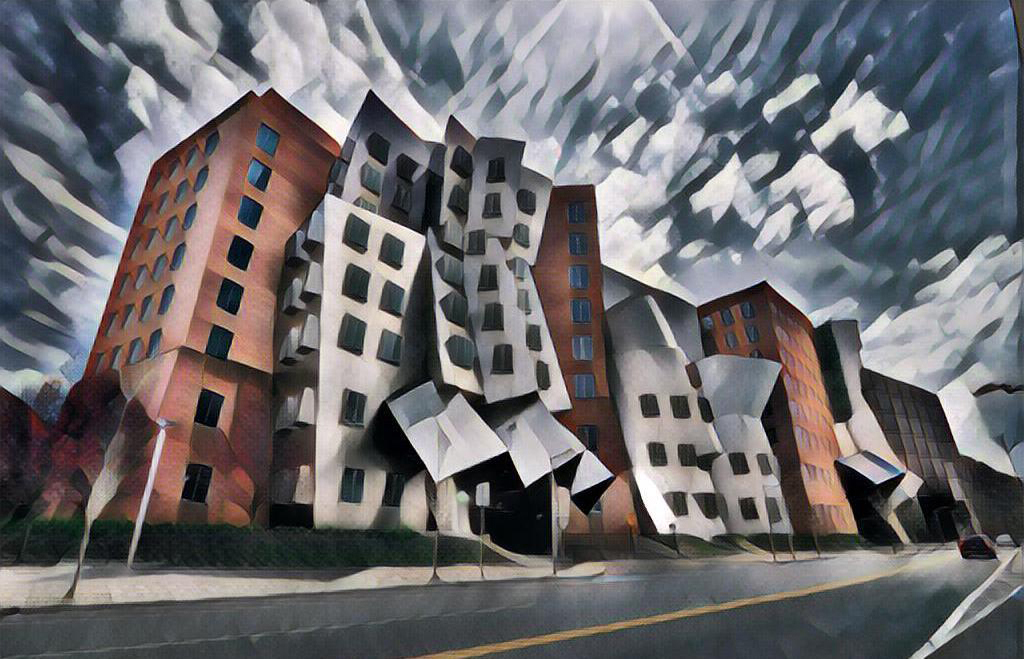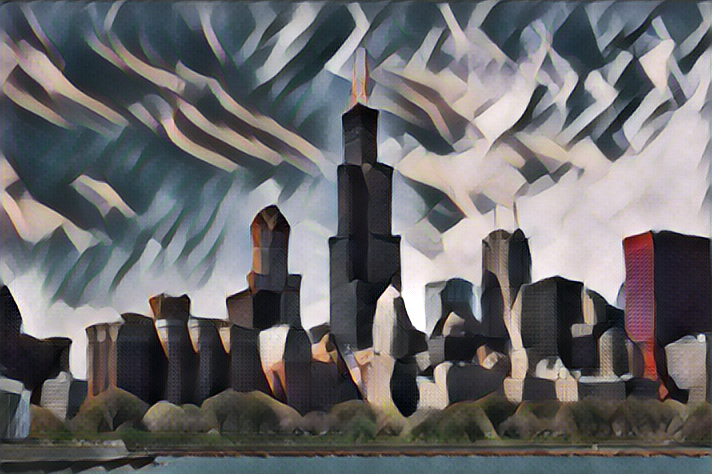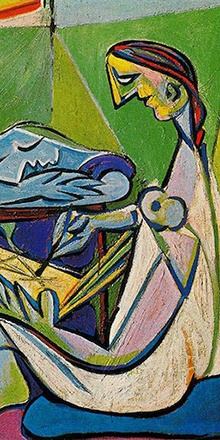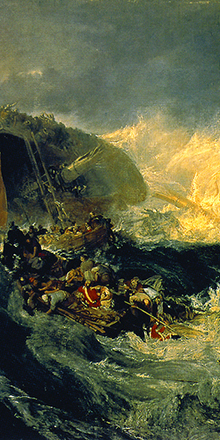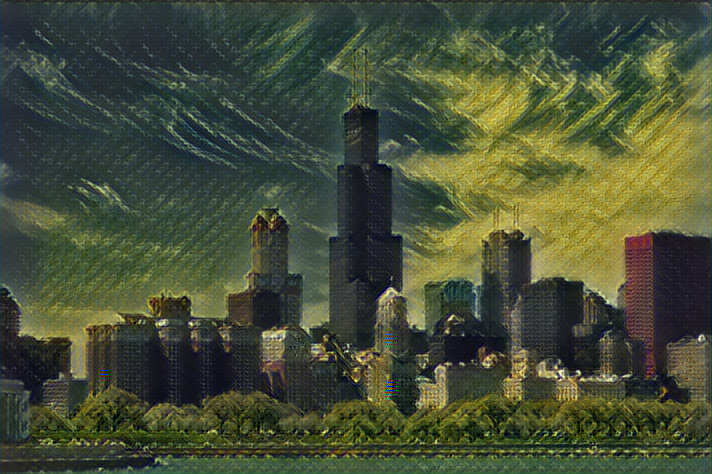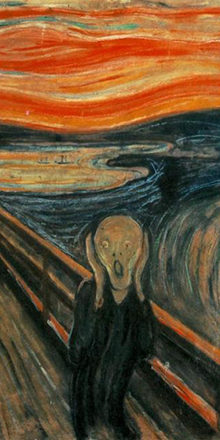llSourcell / Machine Learning Api Tutorial
Programming Languages
Fast Style Transfer in TensorFlow
Add styles from famous paintings to any photo in a fraction of a second! You can even style videos!
It takes 100ms on a 2015 Titan X to style the MIT Stata Center (1024×680) like Udnie, by Francis Picabia.
Our implementation is based off of a combination of Gatys' A Neural Algorithm of Artistic Style, Johnson's Perceptual Losses for Real-Time Style Transfer and Super-Resolution, and Ulyanov's Instance Normalization.
Running on FloydHub
It is very easy to train, evaluate and serve fast style transfer on [Floydhub][https://www.floydhub.com/]. Follow the instructions below:
- Visit Floydhub site to create an account if you do not have one.
- Clone this repository to your machine.
- Run
floyd init <project name>inside the directory.
Now you can:
- Train a new model
- Evaluate an existing model
- Serve a trained model at a public API.
Video Stylization
Here we transformed every frame in a video, then combined the results. Click to go to the full demo on YouTube! The style here is Udnie, as above.
See how to generate these videos here!
Image Stylization
We added styles from various paintings to a photo of Chicago. Click on thumbnails to see full applied style images.
Implementation Details
Our implementation uses TensorFlow to train a fast style transfer network. We use roughly the same transformation network as described in Johnson, except that batch normalization is replaced with Ulyanov's instance normalization, and the scaling/offset of the output tanh layer is slightly different. We use a loss function close to the one described in Gatys, using VGG19 instead of VGG16 and typically using "shallower" layers than in Johnson's implementation (e.g. we use relu1_1 rather than relu1_2). Empirically, this results in larger scale style features in transformations.
Documentation
Training Style Transfer Networks
Use style.py to train a new style transfer network. Run python style.py to view all the possible parameters. Training takes 4-6 hours on a Maxwell Titan X. More detailed documentation here. Before you run this, you should run setup.sh. Example usage:
python style.py --style path/to/style/img.jpg \
--checkpoint-dir checkpoint/path \
--test path/to/test/img.jpg \
--test-dir path/to/test/dir \
--content-weight 1.5e1 \
--checkpoint-iterations 1000 \
--batch-size 20
To Train on Floyd
Run style.py like you would normally would. The input data generated by setup.sh is available as a Floyd Data source.
floyd run --data <vgg_and_training_data_source> "python style.py --style path/to/style/img.jpg \
--checkpoint-dir /output \
--test path/to/test/img.jpg \
--test-dir path/to/test/dir \
--content-weight 1.5e1 \
--checkpoint-iterations 1000 \
--batch-size 20"
Remember: floyd command uploads contents of your current directory. So use relative paths only. '/output' is a special path. Contents stored here will be saved after the training is done. So checkpoints should be directed there.
Evaluating Style Transfer Networks
Use evaluate.py to evaluate a style transfer network. Run python evaluate.py to view all the possible parameters. Evaluation takes 100 ms per frame (when batch size is 1) on a Maxwell Titan X. More detailed documentation here. Takes several seconds per frame on a CPU. Models for evaluation are located here. Example usage:
python evaluate.py --checkpoint path/to/style/model.ckpt \
--in-path dir/of/test/imgs/ \
--out-path dir/for/results/
To evaluate on Floyd
floyd run --data <output_id_of_training> "python evaluate.py --checkpoint /input/model.ckpt \
--in-path dir/of/test/imgs/ \
--out-path dir/for/results/"
Remember: '/input' is a special path. Any data source included in the run command will be available at that path.
Stylizing Video
Use transform_video.py to transfer style into a video. Run python transform_video.py to view all the possible parameters. Requires ffmpeg. More detailed documentation here. Example usage:
python transform_video.py --in-path path/to/input/vid.mp4 \
--checkpoint path/to/style/model.ckpt \
--out-path out/video.mp4 \
--device /gpu:0 \
--batch-size 4
Requirements
You will need the following to run the above:
- TensorFlow 0.11.0
- Python 2.7.9, Pillow 3.4.2, scipy 0.18.1, numpy 1.11.2
- If you want to train (and don't want to wait for 4 months):
- A decent GPU
- All the required NVIDIA software to run TF on a GPU (cuda, etc)
- ffmpeg 3.1.3 if you want to stylize video
Floyd requirements are specified in the floyd_requirements.txt file. They will be installled before running your code.
Citation
@misc{engstrom2016faststyletransfer,
author = {Logan Engstrom},
title = {Fast Style Transfer},
year = {2016},
howpublished = {\url{https://github.com/lengstrom/fast-style-transfer/}},
note = {commit xxxxxxx}
}
Attributions/Thanks
- This project could not have happened without the advice (and GPU access) given by Anish Athalye.
- The project also borrowed some code from Anish's Neural Style
- Some readme/docs formatting was borrowed from Justin Johnson's Fast Neural Style
- The image of the Stata Center at the very beginning of the README was taken by Juan Paulo
License
Copyright (c) 2016 Logan Engstrom. Contact me for commercial use (email: engstrom at my university's domain dot edu). Free for research/noncommercial use, as long as proper attribution is given and this copyright notice is retained.


